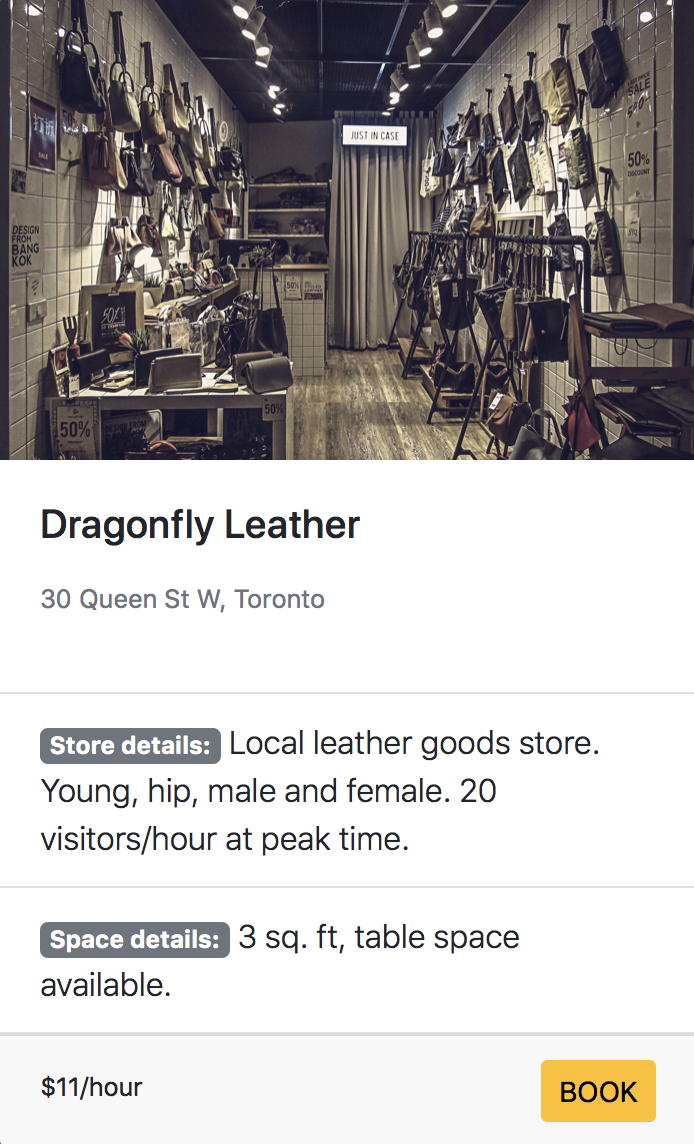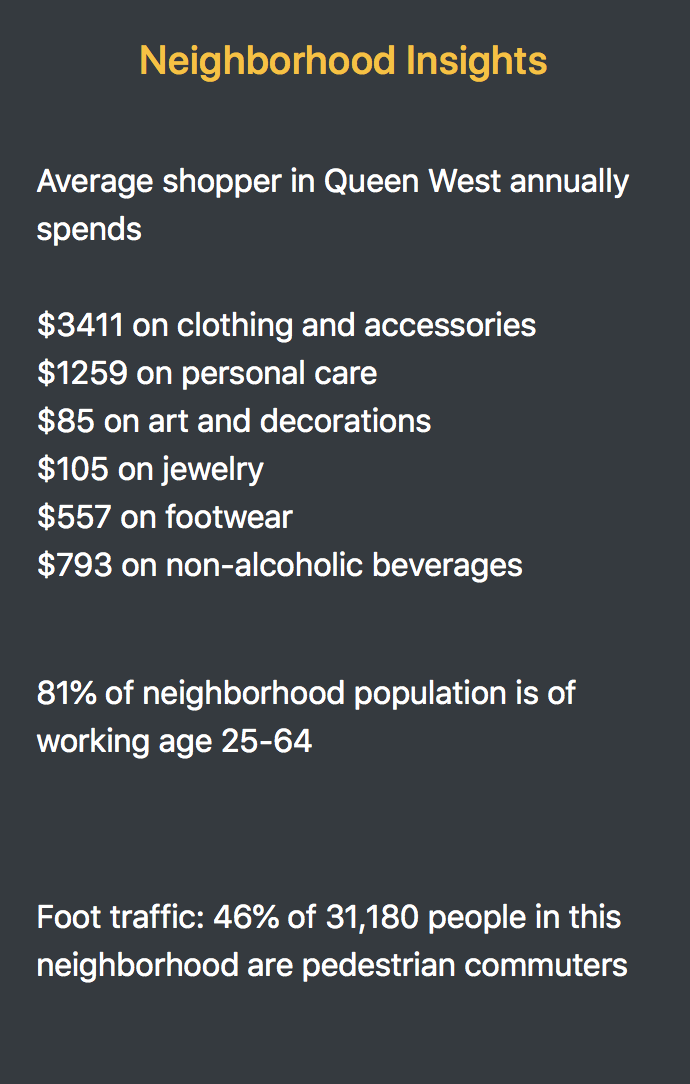How storecrossing.com helps local makers sell in person
One of the most important steps in the journey of a new local maker or artisan is to get their products out in front of local people. This helps in raising brand awareness and increase sales. It also means that you need the right information to host your first pop-up shop before to gauge the market before you step too deep in the physical retail space. At Store Crossing we build solutions that enable online only retailers to quickly find a physical retail store for hosting a temporary pop-up shop in a cost effective way. With our lightweight approach, we want these makers to hold several pop-ups within a short period of time. Because we partner with stores in the several neighborhoods, we help eliminate the time required for makers to research and go about finding the next pop-up show to host their products in.
In a previous blog, I mentioned the top challenges new online only retailers face when starting out. Here I'll mention in detail how our platform resolves those challenges. But before I begin, let me quickly give you some context on our booking process.
On our host store listings page, we list partner store information cards that are available for hosting a pop-up shop. We also list neighborhood insights cards about each neighbourhood that we're serving in. These cards provide key information to a maker so that they can easily choose and book the store that works best for them. Here's how the information card for a fictional leather store on Queen St W and neighborhood insight card looks like:

Store details: In addition to the standard store details like image, name and address, we provide concise yet valuable information for the particular store which in this case are details about the type of store as well as focused information about the crowd in that typically visits this store. This information is gleaned from our in person conversation with the partner store owners when we onboard them onto our platform. This eliminates the guesswork required by makers and artisans to decide whether the store has the right demographics they're targeting. In some cases the store or cafes may get many different types of customers. In other words these cafes would act more of a neutral spot so their description would be tailored towards the general ambience and vibe of the store. This particularly helps online retailers who are perhaps trying to validate their products and haven't quite yet figured out their target demographics.
When possible, we also display foot traffic as one of the key metrics in the store details section. Although it's an approximate measurement we use various online and offline ways to ensure its accuracy. If available, we also mention the days of the week when the store is likely to have a huge turnout as well as average time spent by customers inside the store. Some of these data points are also available on Google so we try our best to leverage it for sake of accuracy. For makers, this set of data is critical in determining the right time to host the pop-up in. This provides so much more flexibility compared to traditional pop-up shows. As an online retailer who is looking for right physical spaces for pop-ups, this helps you choose a pop-up show around your schedule with a greater confidence in getting enough foot traffic. This also helps you host the pop-up within the peak traffic times so that you can quickly get in and out in as little as an hour and accomplish a lot of sales compared to a traditional day long pop-up show or market.
When we partner with stores we try our best to find makers a table, stand, window space for their pop-up so that they don't have to bring a table for each pop-up they choose to do. These details along with the sq. ft available are included in the space details section and help makers quickly get a sense of the space they're getting.
Cost: Since we are just starting off, we want to have a standard cost for each store's space in a given neighborhood. This makes it easy for makers to quickly decide between different stores for hosting a pop-up. To calculate prices per hour, we use average retail rent prices in each neighborhood and consider the low commitment of hourly basis. Because our retail partner stores can only provide small, intimate spaces we have decided to not charge per sq ft at the beginning.

The neighborhood insight card is another valuable piece of information for the maker. We use census data, partnering with lead academics, and offline surveys to assess the validity of this information. To start off, we provide maker with the consumer buying power metrics by showing how much annually on average a shopper spends on clothing, accessories, personal care, art and decoration, jewelry, footwear and non-alcoholic beverages in that neighborhood.These dollar values are key insights for makers in not only deciding whether their product has a lot of consumer buying power in that particular neighborhood but also a sense of how often these users are going to buy those products in a given year. The next big data point we provide for neighborhoods is age range correlating with employment. For example, for Queen St W, 81% of neighborhood population is of working age 25-64. This helps online makers, make better decisions of where their next pop-up shop should be. The last bit of data neighborhood insights provide is foot traffic as it relates to pedestrian commuters. This helps makers and artisans informed decisions regarding choosing a neighborhood for their next pop-up.
Once a maker has decided on the exact store they want to go ahead with for their pop-up the booking process is simple. Provide us with the name of the store you want to host the pop-up in, your email and website for your business. We then reach out to you and the partner store to iron out the details and timing of the pop-up and have you set up in under 24 hours. No need for complicated forms!
We believe there can be several optimizations that we can make in our offering and are continuously working to make them happen. We want to learn from both, our partner stores as well as makers and artisans so that we can provide them with the best possible experience to quickly host a pop-up and provide local community a great chance to discover and buy local.
Umer
24 December 2018
Back to all blogs